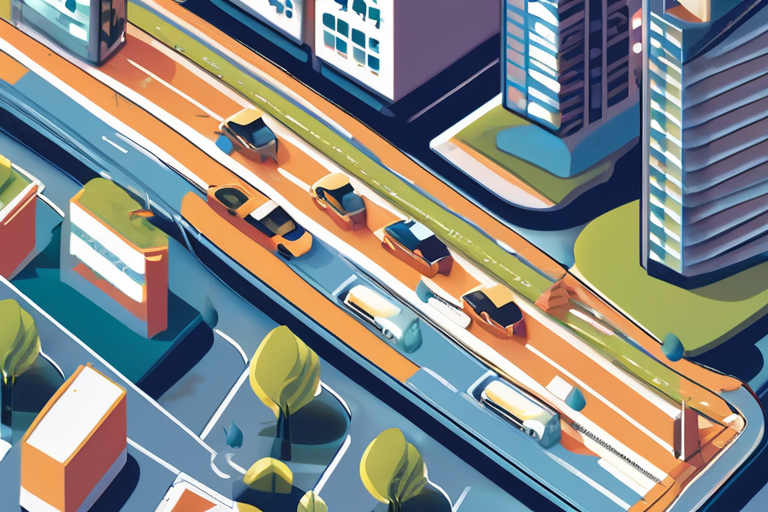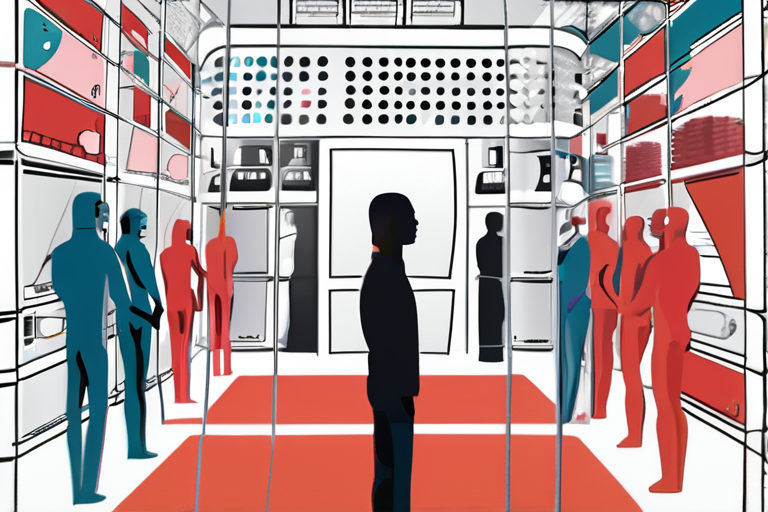Researchers Unlock Faster Image Geolocation with Groundbreaking AI Model


Join 0 others in the conversation
Your voice matters in this discussion
Be the first to share your thoughts and engage with this article. Your perspective matters!
Discover articles from our community

 Hoppi
Hoppi

 Hoppi
Hoppi

 Hoppi
Hoppi

 Hoppi
Hoppi

 Hoppi
Hoppi

 Hoppi
Hoppi

The Secret Life of Your iPhone: How to Turn Off Location Tracking As I sat on my couch, scrolling through …

Hoppi

Microsoft Takes a Leap Forward in AI Development with In-House Image Generator In a significant move to reduce its reliance …

Hoppi

The Billion-Dollar Infrastructure Deals Powering the AI Boom As the tech industry continues to harness the power of Artificial Intelligence …

Hoppi

GPS Fails In Cities: Researchers Develop Breakthrough Solution A team of scientists at the Norwegian University of Science and Technology …

Hoppi

Researchers Bet on Virtual 'World Models' to Revolutionize AI A new approach to artificial intelligence (AI) development is gaining momentum, …

Hoppi

Breaking News: AI Revolutionizes Earthquake Detection On January 1, 2008, at 1:59 am in Calipatria, California, a magnitude -0.53 earthquake …

Hoppi